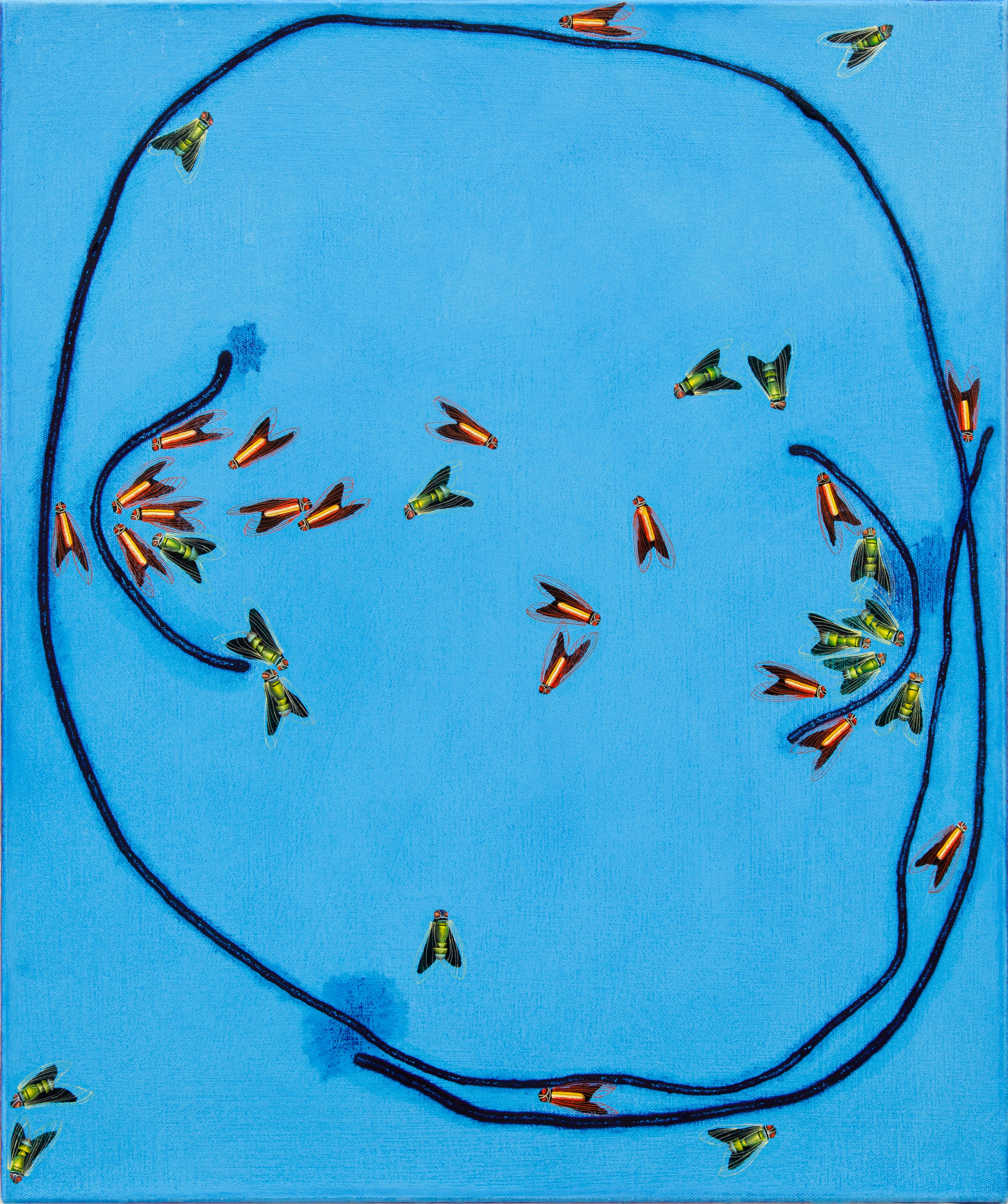
Installation view, Electrical Flower, Simone Subal Gallery, New York, 2022. Photo: Greg Carideo.

Installation view, Electrical Flower, Simone Subal Gallery, New York, 2022. Photo: Greg Carideo.

Installation view, Electrical Flower, Simone Subal Gallery, New York, 2022. Photo: Greg Carideo.

Installation view, Electrical Flower, Simone Subal Gallery, New York, 2022. Photo: Greg Carideo.

Installation view, Electrical Flower, Simone Subal Gallery, New York, 2022. Photo: Greg Carideo.

Installation view, Electrical Flower, Simone Subal Gallery, New York, 2022. Photo: Greg Carideo.

Installation view, Electrical Flower, Simone Subal Gallery, New York, 2022. Photo: Greg Carideo.

Installation view, Electrical Flower, Simone Subal Gallery, New York, 2022. Photo: Greg Carideo.

Installation view, Electrical Flower, Simone Subal Gallery, New York, 2022. Photo: Greg Carideo.

Installation view, Electrical Flower, Simone Subal Gallery, New York, 2022. Photo: Greg Carideo.

Installation view, Electrical Flower, Simone Subal Gallery, New York, 2022. Photo: Greg Carideo.

Installation view, Electrical Flower, Simone Subal Gallery, New York, 2022. Photo: Greg Carideo.

Anna Zemánková. Untitled, Early 1970s. Paper collage, embroidery, pastel and ballpoint pen. 25 1/4 x 18 1/4 inches (64.14 x 46.36 cm).

Veronika Pausova. Busy, 2022. Oil on canvas. 18 x 15 inches (45.72 x 38.10 cm). Photo by Greg Carideo.

Veronika Pausova. Busier, 2022. Oil on canvas. 18 x 15 inches (45.72 x 38.10 cm). Photo by Greg Carideo.

Anna Zemánková. Untitled, c. 1960s. Pastel/paper. 34 3/4 x 24 1/2 inches (88.27 x 62.23 cm).

Veronika Pausova. Garden, 2022. Oil on canvas. 49 x 41 inches (124.46 x 104.14 cm). Photo by Greg Carideo.

Anna Zemánková. Untitled, 1970s. Pastel, ball point pen, embroidery, crochet on paper. 24.61 x 17.72 inches (62.51 x 45.01 cm).

Anna Zemánková. Untitled, c. 1975. Pastel, ink/ paper. 4 3/4 x 2 1/2 inches (12.07 x 6.35 cm).

Anna Zemánková. Untitled, c. 1960. Pastel on paper. 16 1/4 x 11 1/2 inches (41.28 x 29.21 cm).

Veronika Pausova. Moon, 2022. Oil on canvas. 49 x 41 inches (124.46 x 104.14 cm). Photo by Greg Carideo.

Veronika Pausova. Self-Portrait with Two Right Ears, 2022. Oil on canvas. 18 x 15 inches (45.72 x 38.10 cm). Photo by Greg Carideo.

Anna Zemánková. Untitled, 1970s. Pastel, ink, embroidery on paper. 24.61 x 17.72 inches (62.51 x 45.01 cm).

Veronika Pausova. Fountain, 2022. Oil on canvas. 49 x 41 inches (124.46 x 104.14 cm). Photo by Greg Carideo.

Anna Zemánková. Untitled, c. 1970s. Pastel and pen on paper. 10 1/4 x 7 inches (26.04 x 17.78 cm).

Veronika Pausova. Warm is Purple, 2022. Oil on canvas. 49 x 41 inches (124.46 x 104.14 cm). Photo by Greg Carideo.
Veronika Pausova was born in 1987 in Prague, Czech Republic. She currently lives and works in Monetville, Ontario, Canada. Selected solo and two-person exhibitions include Esker Foundation, Calgary, Canada (2022); Bradley Ertaskiran, Montréal, Canada (2021); The Sunday Painter, London, UK (2021); Parisian Laundry, Montréal (2018); Hunt Kastner, Prague (2018); Kaka, Toronto (2018); Tatjana Pieters, Ghent, Belgium (2017); Motel, Brooklyn, New York (2016); and SARDINE, Brooklyn, New York (2015). Select group shows include The Erling Kagge Collection, Santander Art Gallery, Madrid, Spain (2020); If I have a body, Remai Modern, Saskatoon, Saskatchewan (2019); On Anxiety, Cleve Carney Gallery, Chicago, Illinois (2018); An Assembly of Shapes, Oakville Galleries, Oakville, Ontario (2018); Line and Verse, Andrehn-Schiptjenko, Stockholm (2018); RBC 2017, National Gallery of Canada, Ottawa, Ontario (2017); Sojourner Truth Parsons, Sean Steadman, Veronika Pausova, 11R, New York, NY (2017); Seek Professional Help, Bureau, New York, NY (2016); and Gesture Play, Simone Subal, New York, NY (2016).
Czech artist Anna Zemánková (1908 – 1986) is seen as one of the important female artists in the Art Brut pantheon, along with Jeanne Tripier, Madge Gill, Aloise Corbaz, and Emma Kunz. Her works were prominently displayed in the Encyclopedic Palace at the 2013 Venice Biennale curated by Massimiliano Gioni, at Frieze Masters that same year, and in many other important museum exhibitions. Her work is in the public collections of the Milwaukee Art Museum, WI; American Folk Art Museum, New York, NY; Museum of International Folk Art, Santa Fe, NM; Collection de l’art Brut, Lausanne, Switzerland; Arnulf Rainer Museum, Baden, Austria; and private collections including abcd collection, Paris, and The Museum of Everything, London, as well as other important private collections of contemporary art. Cavin-Morris Gallery has been representing her work worldwide since 1992.



























































































